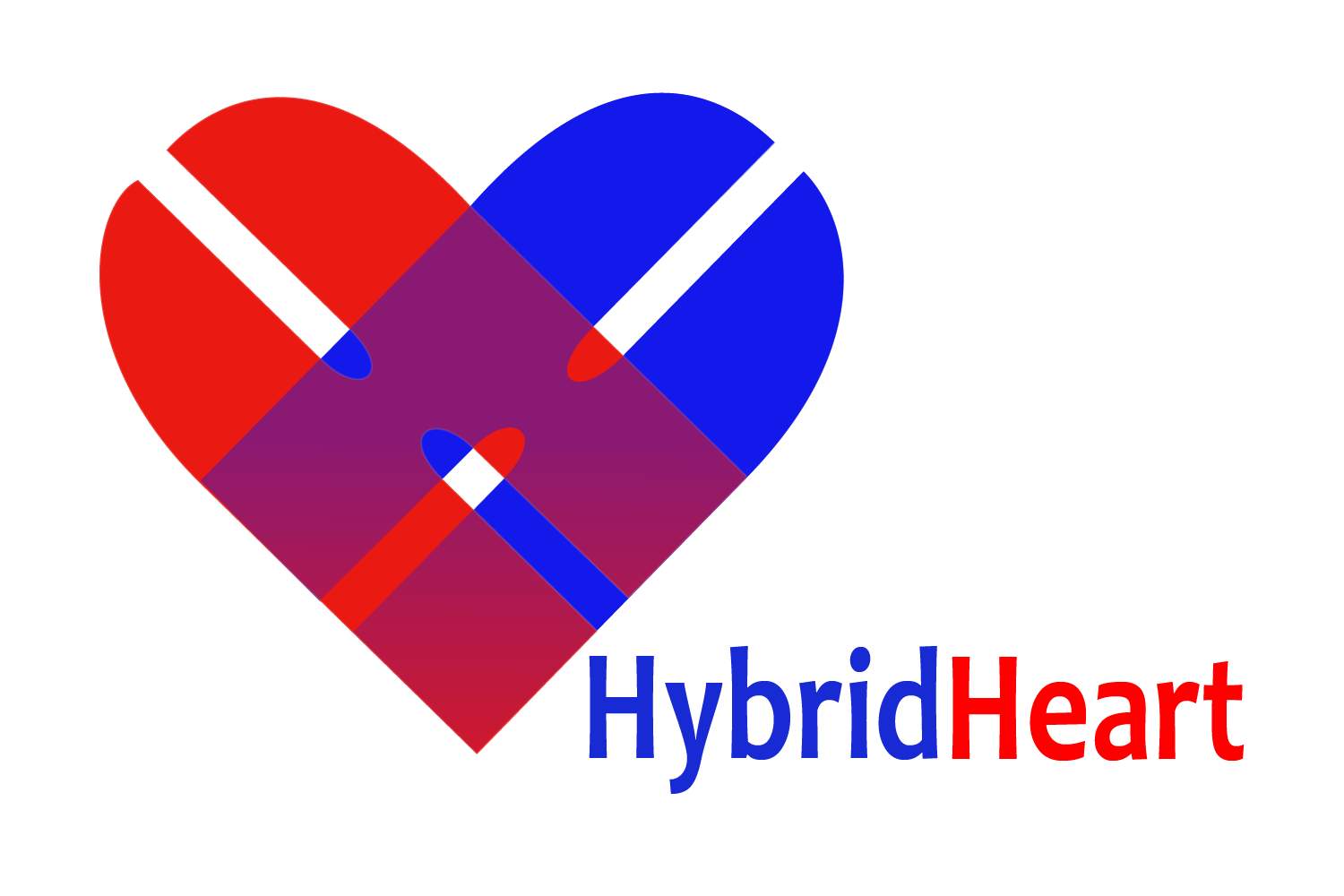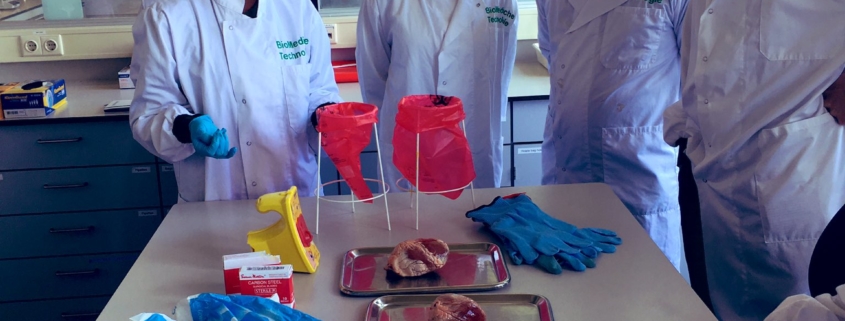Every year worldwide 26 million people die because of heart failure. In Europe, 45% of the overall number of deaths is related to cardiovascular diseases. Despite all the technological advances, no final and optimal solution to the problem has been found yet. Indeed, heart transplantation is still the only way to guarantee a normal life to the end-stage patients. For these reasons, the HybridHeart project aims to develop an alternative solution to the already available ones, trying to combine the power of the soft robotics actuation, the advances in tissue engineering and the farsighted ideas of transcutaneous energy transfer systems, to guarantee biomimetism, biocompatibility and lower the risk of infections.
The main aim of this document is to integrate all the known physiological requirements, and all the expected technological constraints, that we consider to be needed decision-making factors during the development of an innovative generation of total artificial hearts. In every section. we tried to, not only present our main design goals, but also position them with respect to the ones characterizing the already developed, and sometimes commercialized, total artificial hearts.


